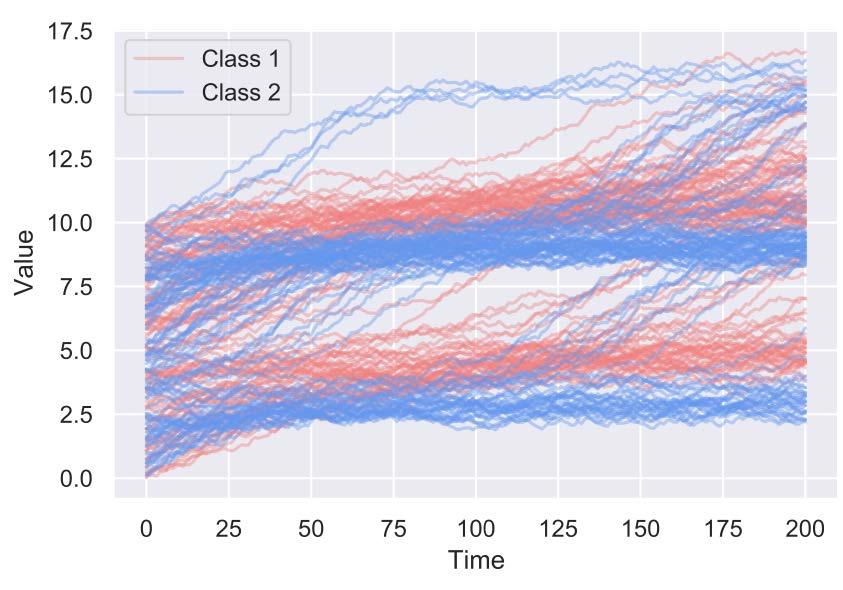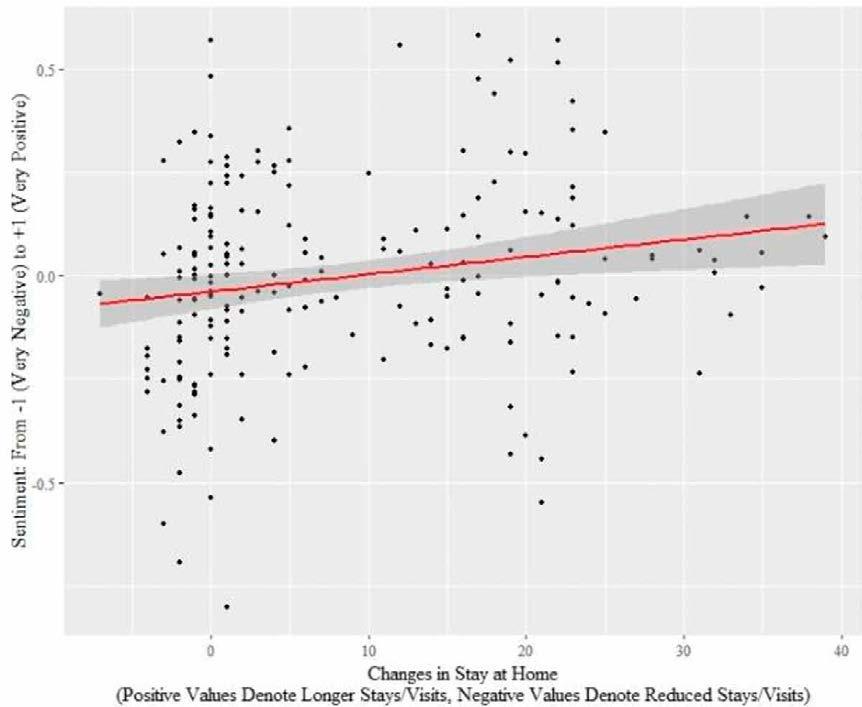
4 minute read
We've Got the (Published) Papers to Prove It!
Recursive Time Series Data Augmentation
(International Conference on Learning Representations - ICLR)
Amine Mohamed Aboussalah, Minjae Kwon, Raj G Patel, Cheng Chi, Chi-Guhn Lee
This paper addresses the problem with scarce and noisy data that is common in finance with the development of a time series data augmentation algorithm for machine learning with theoretical guarantees of time series learning improvement.
Abstract: Time series observations can be seen as realizations of an underlying dynamical system governed by rules that we typically do not know. For time series learning tasks we create our model using available data. Training on available realizations, where data is limited, often induces severe over-fitting thereby preventing generalization. To address this issue, we introduce a general recursive framework for time series augmentation, which we call the Recursive Interpolation Method (RIM). New augmented time series are generated using a recursive interpolation function from the original time series for use in training. We perform theoretical analysis to characterize the proposed RIM and to guarantee its performance under certain conditions. We apply RIM to diverse synthetic and real-world time series cases to achieve strong performance over non-augmented data on a variety of learning tasks. Our method is also computationally more efficient and leads to better performance when compared to state of the art time series data augmentation.


https://openreview.net/pdf?id=5lgD4vU-l24s
Quantum computing reduces systemic risk in financial networks
(Nature Scientific Reports)
Amine Mohamed Aboussalah, Cheng Chi, Chi-Guhn Lee
This paper introduces a new methodology for solving Mixed Integer Linear Programming problems with constraints using quantum computing in the context of systemic risk.

Abstract: In highly connected financial networks, the failure of a single institution can cascade into additional bank failures. This systemic risk can be mitigated by adjusting the loans, holding shares, and other liabilities connecting institutions in a way that prevents cascading of failures. We are approaching the systemic risk problem by attempting to optimize the connections between the institutions. In order to provide a more realistic simulation environment, we have incorporated nonlinear/discontinuous losses in the value of the banks. To address scalability challenges, we have developed a two-stage algorithm where the networks are partitioned into modules of highly interconnected banks and then the modules are individually optimized. We developed new algorithms for classical and quantum partitioning for directed and weighted graphs (first stage) and a new methodology for solving Mixed Integer Linear Programming problems with constraints for the systemic risk context (second stage). We compare classical and quantum algorithms for the partitioning problem. Experimental results demonstrate that our two-stage optimization with quantum partitioning is more resilient to financial shocks, delays the cascade failure phase transition, and reduces the total number of failures at convergence under systemic risks with reduced time complexity.
https://www.nature.com/articles/s41598-023-30710-z
Out of sight, out of mind: The impact of lockdown measures on sentiment towards refugees
(Journal of Information Technology & Politics)
Amir Abdul Reda, Semuhi Sinanoglu, Amine Mohamed Aboussalah
This paper studies the risk of government actions like lockdowns impacting public sentiment regarding separate issues such as refugees using machine learning sentiment analysis.
Abstract: How did COVID-19 related movement restrictions impact sentiment toward refugees? Existing theories offer conflicting answers. On the one hand, contact theories suggest that movement restrictions might reduce casual interactions with refugees, leading to less negative sentiments. On the other hand, integrated threat theories suggest refugees may be perceived as a security threat and blamed for these movement restrictions in the first place. To gauge the effect of movement restrictions, we investigate the effect of physical isolation on sentiments toward refugees in Turkey by using a novel dataset. We use Google Mobility Reports’ measurements of movement and our measures of sentiments toward refugees using refugee-related tweets from Turkey. Statistical analysis shows that xenophobic sentiment generally decreased during the pandemic. Our study shows that different types of reduced mobility correlate with increased sympathy toward refugees: the more people stay at home, the more positive sentiments toward refugees they exhibit on Twitter. We conclude by proposing two possible causal mechanisms for these findings. The findings suggest that the absence of casual contact with refugees may yield less negative sentiment, and/ or that a rally around the flag mechanism yields unprecedented levels of social solidarity in response to the pandemic.

https://www.tandfonline.com/doi/full/10.1080/19331681.2023.2183301










